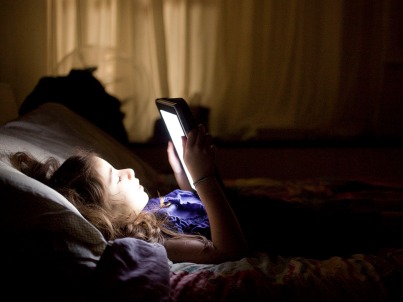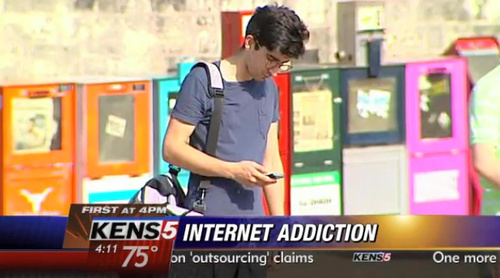From the International Association for Suicide Prevention (IASP)
Become a Facebook Fan of the International Association for Suicide Prevention (IASP) www.facebook.com/IASPinfo
 WORLD SUICIDE PREVENTION DAY is an opportunity for all sectors of the community – the public, charitable organizations, communities, researchers, clinicians, practitioners, politicians and policy makers, volunteers, those bereaved by suicide, other interested groups and individuals – to join with the International Association for Suicide Prevention and the WHO to focus public attention on the unacceptable burden and costs of suicidal behaviours with diverse activities to promote understanding about suicide and highlight effective prevention activities.
WORLD SUICIDE PREVENTION DAY is an opportunity for all sectors of the community – the public, charitable organizations, communities, researchers, clinicians, practitioners, politicians and policy makers, volunteers, those bereaved by suicide, other interested groups and individuals – to join with the International Association for Suicide Prevention and the WHO to focus public attention on the unacceptable burden and costs of suicidal behaviours with diverse activities to promote understanding about suicide and highlight effective prevention activities.
Those activities may call attention to the global burden of suicidal behaviour, and discuss local, regional and national strategies for suicide prevention, highlighting cultural initiatives and emphasizing how specific prevention initiatives are shaped to address local cultural conditions.
Initiatives which actively educate and involve people are likely to be most effective in helping people learn new information about suicide and suicide prevention. Examples of activities which can support World Suicide Prevention Day include:
- Launching new initiatives, policies and strategies on World Suicide Prevention Day, September 10th.
- Learning about connectedness, mental health and suicide prevention from materials found in IASP’s Web resource directory http://goo.gl/0ovDtp
- Using the WSPD Press Preparation Package that offers media guides in the planning of an event or activity.
- Downloading the World Suicide Prevention Day Toolkit that contains links to World Suicide Prevention Day resources and related Web pages http://goo.gl/TEvYHD
- Holding conferences, open days, educational seminars or public lectures and panels
- Writing articles for national, regional and community newspapers, blogs and magazines
- Holding press conferences
- Placing information on your website and using the IASP World Suicide Prevention Day Web banner, promoting suicide prevention in one’s native tongue. http://goo.gl/rOijcr
- Securing interviews and speaking spots on radio and television
- Organizing memorial services, events, candlelight ceremonies or walks to remember those who have died by suicide
- Asking national politicians with responsibility for health, public health, mental health or suicide prevention to make relevant announcements, release policies or make supportive statements or press releases on WSPD
- Holding depression awareness events in public places and offering screening for depression
- Organizing cultural or spiritual events, fairs or exhibitions
- Organizing walks to political or public places to highlight suicide prevention
- Holding book launches, or launches for new booklets, guides or pamphlets
- Distributing leaflets, posters and other written information
- Organizing concerts, BBQs, breakfasts, luncheons, contests, fairs in public places
- Writing editorials for scientific, medical, education, nursing, law and other relevant journals
- Disseminating research findings
- Producing press releases for new research papers
- Holding training courses in suicide and depression awareness
- Joining us on the official World Suicide Prevention Day Facebook Event Page http://goo.gl/b2Z0rt
- Supporting suicide prevention 365 days a year by becoming a Facebook Fan of the IASP http://goo.gl/S7zalS
- Following the IASP on Twitter (www.twitter.com/IASPinfo), tweeting #WSPD or #suicide or #suicideprevention
- Creating a video about suicide prevention
- Lighting a candle, near a window at 8 PM in support of: World Suicide Prevention Day, suicide prevention and awareness, survivors of suicide and for the memory of loved lost ones. Find “Light a Candle Near a Window at 8 PM” postcards in various languages at: http://goo.gl/9Ic1en
- Participating in the World Suicide Prevention Day – Cycle Around the Globe ttp://goo.gl/csdyvG
Source: http://www.iasp.info/wspd/










